10 Foods From The Old West You Should Add To Your Diet
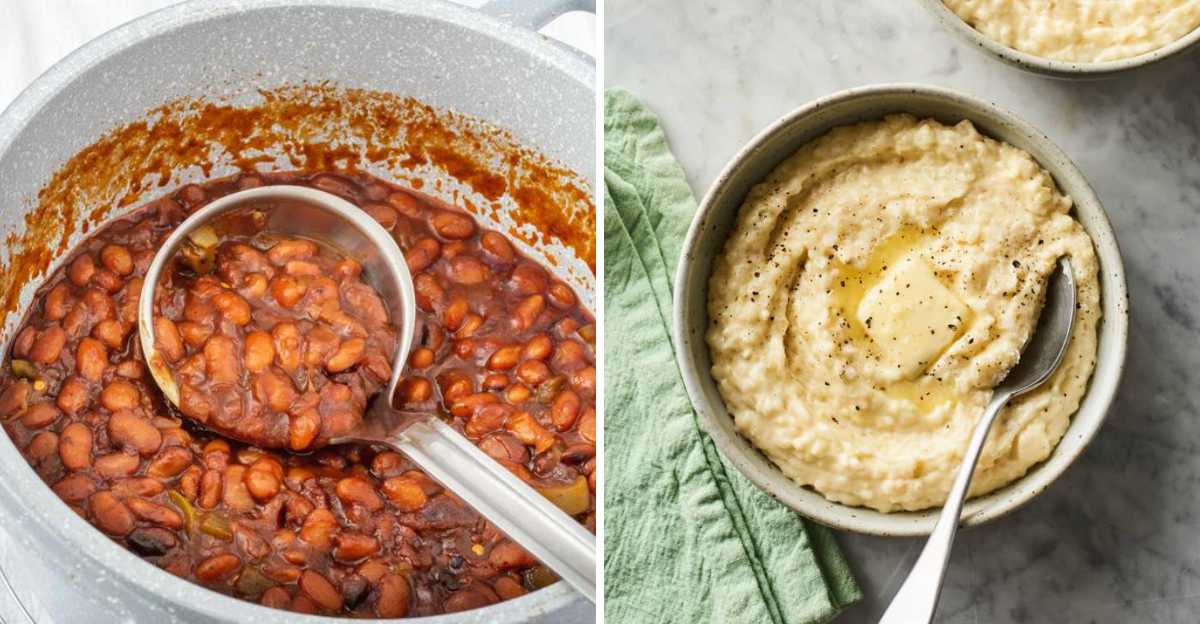
Simple, hearty, and surprisingly healthy—these frontier staples still hold up today. The cowboys, pioneers, and settlers of the Old West didn’t eat fancy, but they sure knew how to fuel up for long days on the trail. Their meals were made with whatever they could hunt, grow, or preserve—and while some dishes are better left in the past (like hardtack), others are still worth revisiting today. Here are 10 Old West foods you might want to bring back into your modern routine.
1. Beans (Pinto, Navy, or Black Beans)
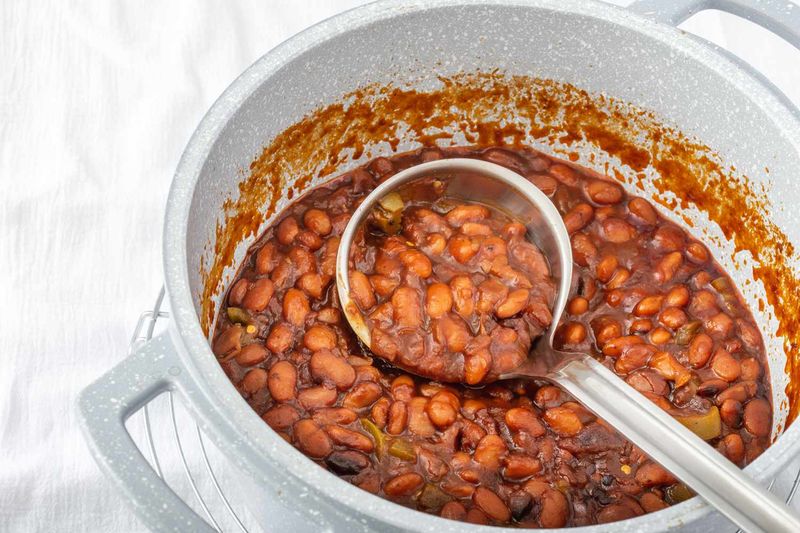
High in fiber and protein, beans were a cowboy staple for good reason. They’re filling, inexpensive, and great for heart health. Try them in soups, stews, or as a simple side.
Beans were often the unsung heroes of frontier meals, providing essential nutrients in a simple package. Whether pinto, navy, or black, these legumes can transform a dish with their rich, hearty flavors.
Modern diets benefit from beans’ versatility, whether tossed into salads or enjoyed as a wholesome vegetarian main. Their adaptability is as timeless as their nutritional value, making them a worthy addition to any table.
2. Cornbread
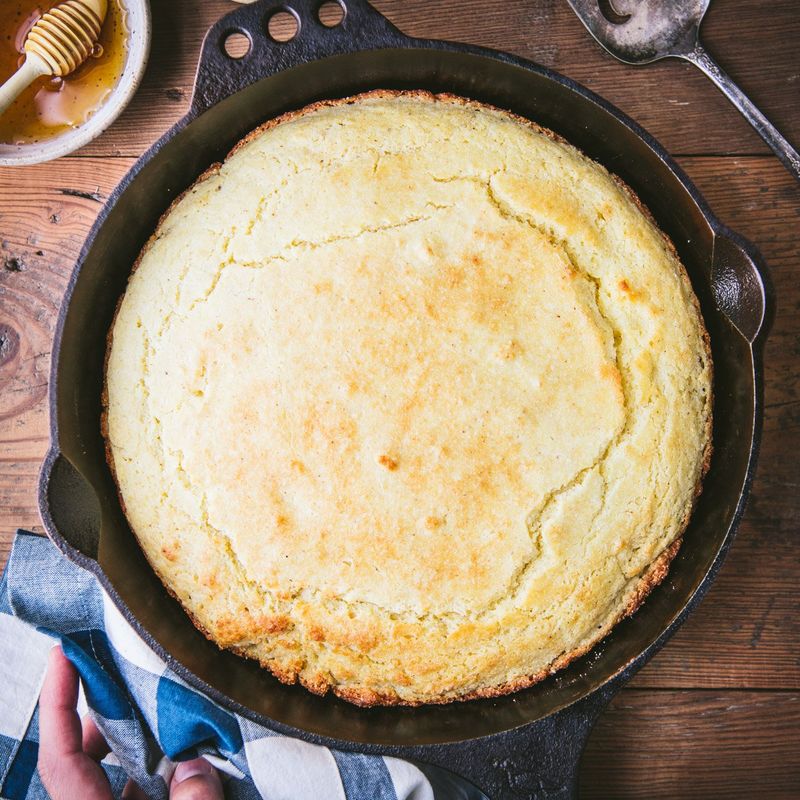
Made with cornmeal, this rustic bread is naturally gluten-free and pairs well with chili, soups, or greens. Add jalapeños or herbs for a modern twist.
Cornbread was a comforting staple on the frontier, a simple yet satisfying way to fill hungry bellies. Its crumbly texture and slightly sweet flavor have stood the test of time.
Today, cornbread can be elevated with creative additions like jalapeños or cheese, transforming it into a versatile side for modern meals. Its warm, inviting presence remains a beloved part of Southern and Western cuisine.
3. Salt Pork (or its leaner cousin: Bacon)
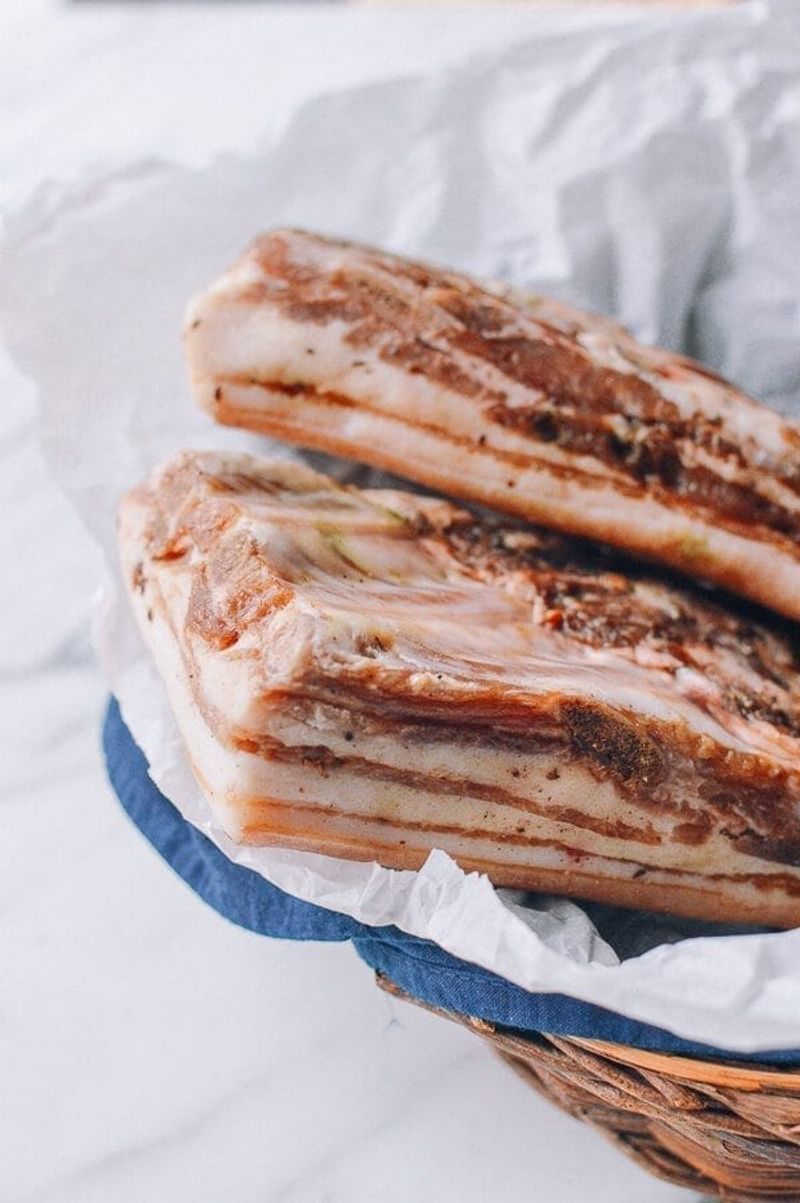
Salt pork was preserved meat on the frontier. Today, opt for leaner cuts like uncured bacon in moderation—still full of flavor, but less heavy on salt and fat.
The pioneers knew how to make the most of every cut of meat, and salt pork was a flavorful solution to preservation challenges. Its savory taste was a welcome addition to many dishes.
While modern diets favor leaner bacon, the essence of cured meat’s rich flavors continues to delight. A balanced approach ensures you savor the taste without overindulging.
4. Dried Fruit (Apricots, Apples, Raisins)
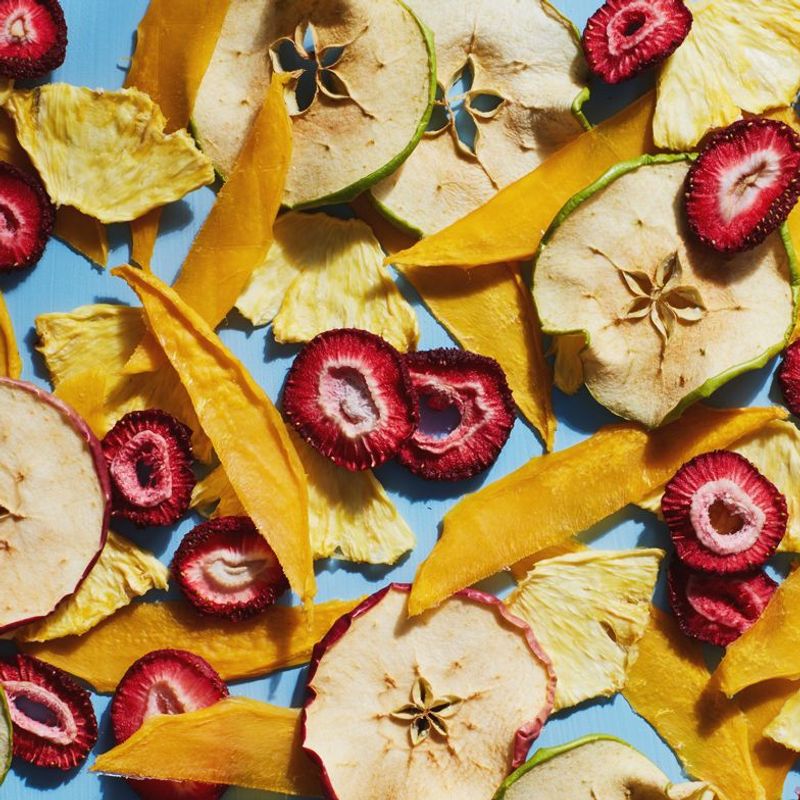
Pioneers relied on dried fruits for a quick energy boost. They’re great for snacks, baking, or tossing into oatmeal—just go for unsweetened versions to avoid added sugar.
Dried fruits were a sweet indulgence on long journeys, cherished for their concentrated flavors and nutrients. Apricots, apples, and raisins were among the favorites.
Today, their chewy textures and natural sweetness make them a popular choice for health-conscious snacks. Incorporating them into your diet offers a delightful way to enjoy a taste of history while maintaining a nutritious lifestyle.
5. Sourdough Bread
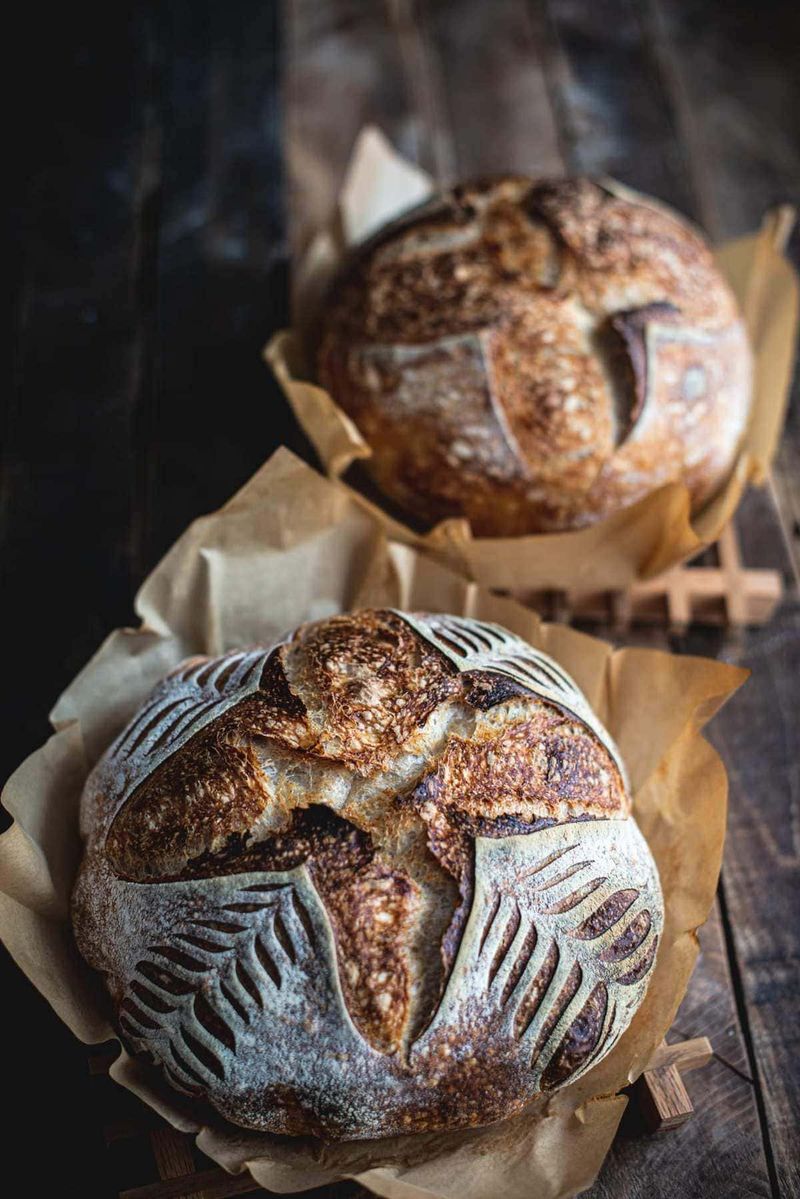
Wild yeast starters were used to bake hearty loaves in cast iron. Sourdough is easier to digest than regular bread and has that tangy flavor you can’t beat.
A product of patience and skill, sourdough bread was a pioneer favorite. Its tangy crust and tender crumb made it a comforting food for many.
Today, sourdough maintains its reputation, celebrated for its digestible qualities and unique taste. Enjoy it sliced with butter or as the base for your favorite sandwich, and savor a slice of culinary history.
6. Stewed Rabbit or Wild Game
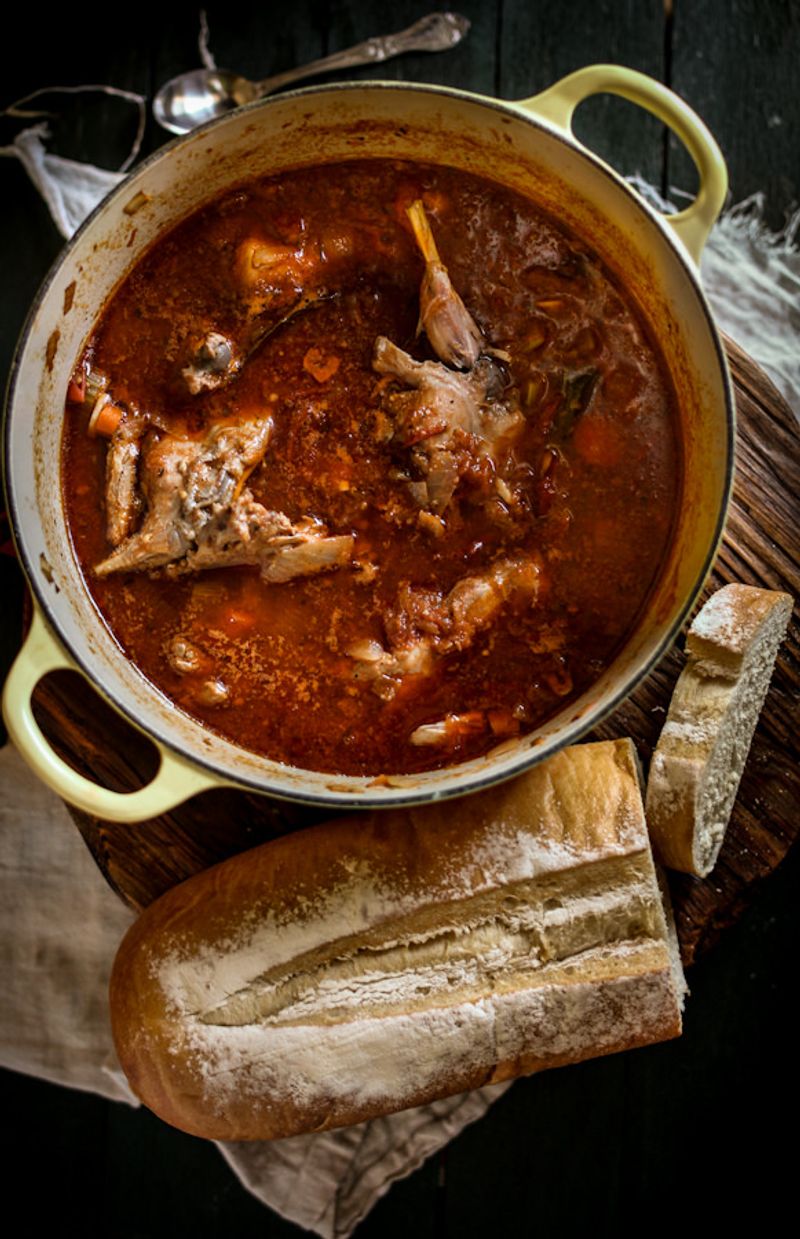
Lean and protein-rich, rabbit and venison were common proteins on the frontier. Today, they’re still popular in certain regions and are considered sustainable meat options.
For those living off the land, wild game provided essential nutrients and flavors not found in domestic meats. Stewed rabbit was a particular favorite for its tenderness.
These meats remain popular among hunters and sustainable food advocates. Their unique flavors offer a delicious reminder of a time when meals were crafted from nature’s bounty.
7. Coffee (Black and Strong)
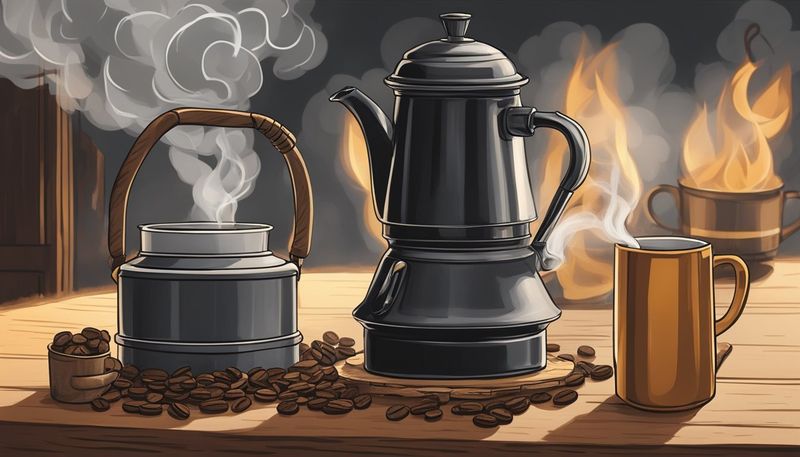
Cowboys brewed it right on the fire—no frills, just bold flavor. Black coffee without sugar or cream is low-calorie and packed with antioxidants.
For many, a strong brew was the day’s first comfort, offering a sense of normalcy amid the rugged existence of frontier life. Its boldness was a testament to its character.
Even today, black coffee remains a beloved ritual for its simplicity and strength. Embrace its robust flavor as a link to the past, and enjoy every invigorating sip.
8. Hominy or Grits
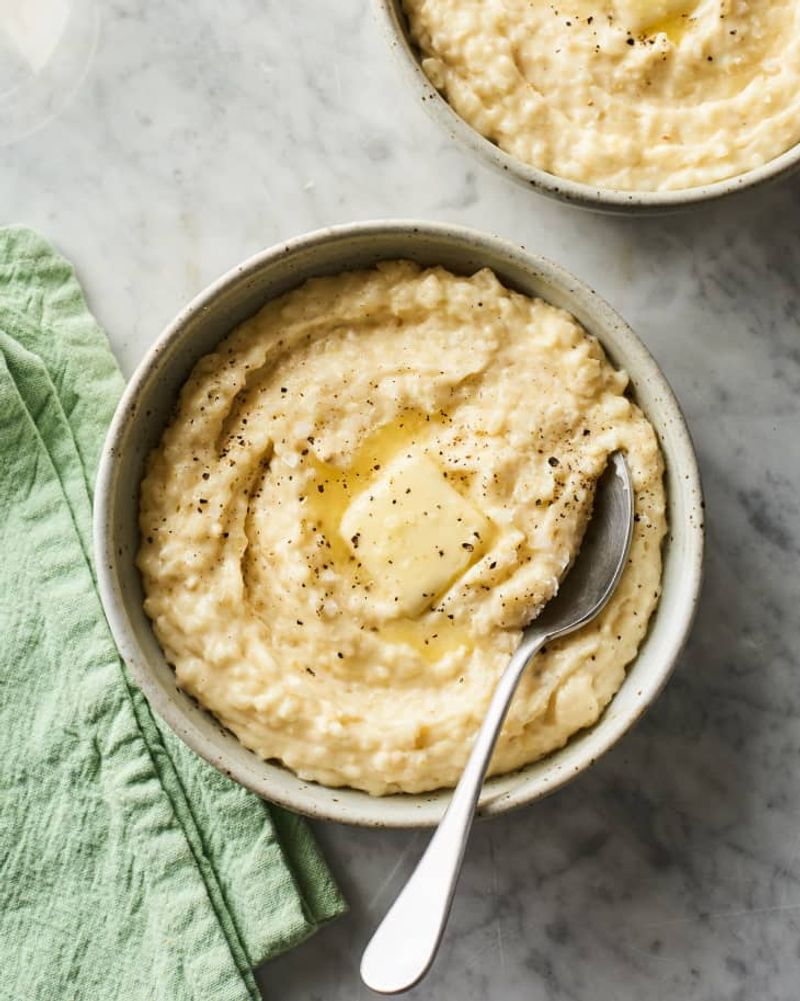
Derived from corn, these were often served as a side dish. They’re naturally gluten-free and a comforting base for eggs, beans, or slow-cooked meats.
Hominy and grits were culinary staples, celebrated for their versatility and comfort. They were a warm embrace for those seeking solace from the demanding frontier life.
Today, their creamy consistency provides a nourishing foundation for many dishes. Enjoy them with a modern twist by adding cheese or herbs, and taste the legacy of the Old West in every bite.
9. Molasses
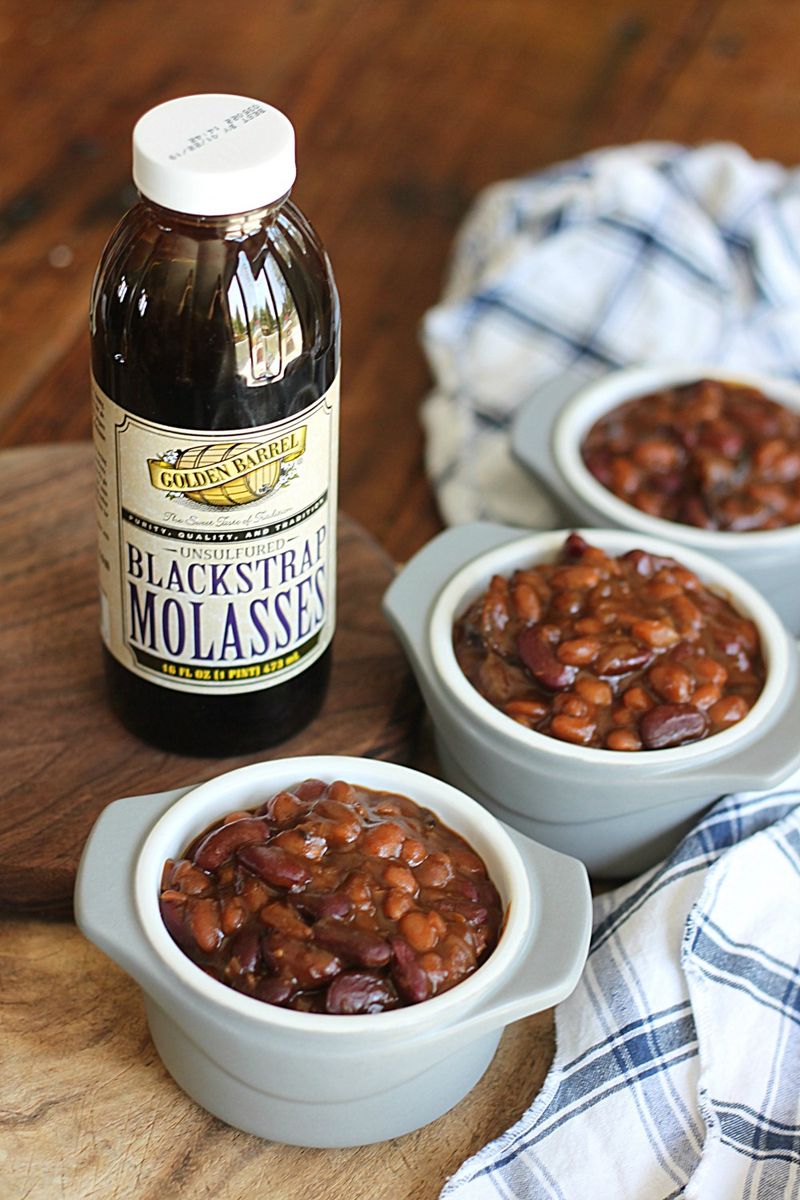
Used for sweetening everything from baked goods to beans, molasses is full of iron and antioxidants. Try it as a natural sweetener in moderation.
Molasses was a treasured ingredient, offering a rich, deep sweetness that enhanced many dishes. Its robust flavor was an essential part of frontier cooking.
Today, its nutritional benefits and unique taste encourage its use as a healthier alternative to refined sugars. Drizzle it over pancakes or mix it into your favorite recipes to experience its enduring appeal.
10. Jerky (Beef or Turkey)
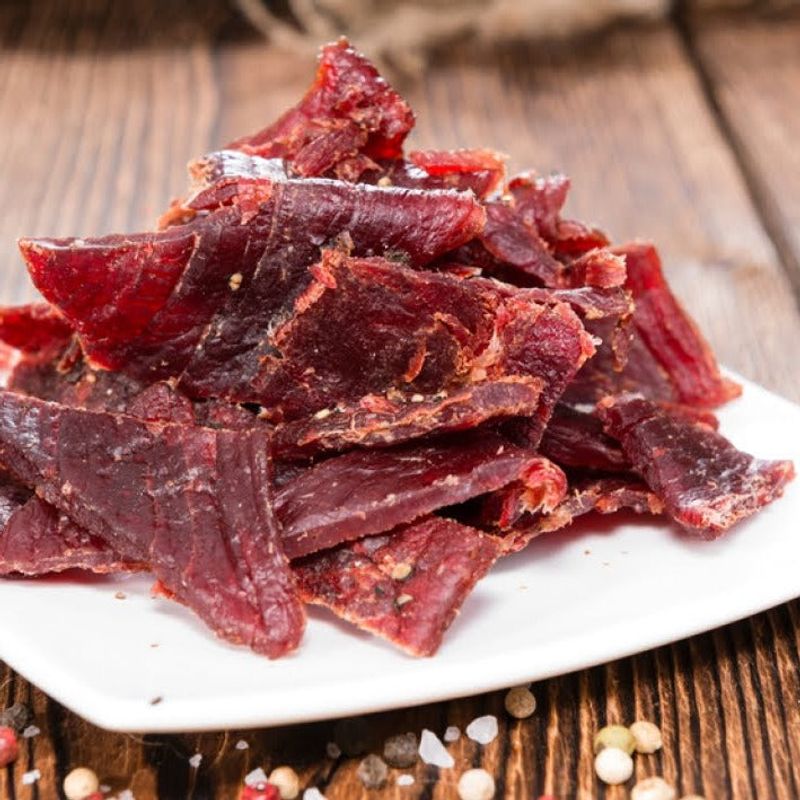
A classic trail food that’s rich in protein and easy to carry. Look for low-sodium, nitrate-free versions for a healthier snack.
Jerky was a reliable companion for travelers, prized for its enduring shelf life and portable nature. It provided a flavorful protein boost on long journeys.
Modern iterations of jerky offer diverse flavors while maintaining the convenience that made it popular. Incorporate it into your diet for a quick, satisfying snack that honors the spirit of adventure and resilience.
